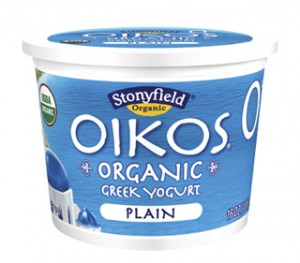We received some great feedback about our Stevia Frozen Yogurt Mix from a type 2 diabetic named Steve (this is a real experience but names have been changed to protect the innocent). Keep in mind that this is not a conclusive scientific study, but rather one person’s anecdotal account.
On two different days, Steve measured his blood sugar level before eating frozen yogurt and two hours after. He compared YoCream, which is sweetened with lots of sugar, and Nanci’s stevia-sweetened frozen yogurt. Keep in mind that Steve does not take any medications to control his blood sugar levels.
Here are his results:
Day 1: YoCream sucrose (table sugar) sweetened frozen yogurt
Starting blood sugar level: 135
Blood sugar level 2 hours after eating 4 oz. of YoCream: 280
Day 2: Nanci’s Stevia Frozen Yogurt
Starting blood sugar level: 123
Blood sugar level 2 hours after eating 4 oz. of Nanci’s: 116
These numbers mean that the Nanci’s Stevia Frozen Yogurt had no affect on Steve’s blood sugar level, while the YoCream product caused his blood sugar to spike dramatically.
For many people with diabetes who can’t handle sugar, stevia is an excellent option. It is an herb from South America that has been used as a natural sweetener for centuries. The leaves of the Stevia plant have a clean refreshing taste and have zero calories, zero glycemic index, and zero carbs. And it’s 300 times sweeter than sugar, so you can use very little of it. And best of all, it is natural!
Check out our Vanilla Stevia Frozen Yogurt mix on our website. We also have a Chocolate Stevia Frozen Yogurt mix coming soon.





 FroCup.com
FroCup.com